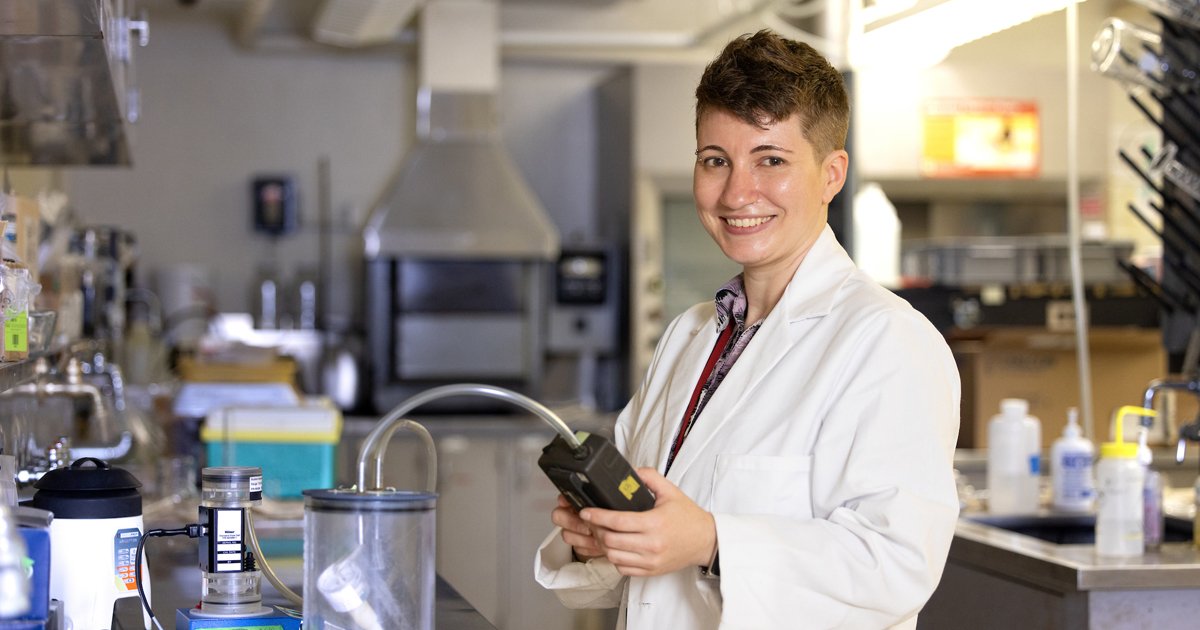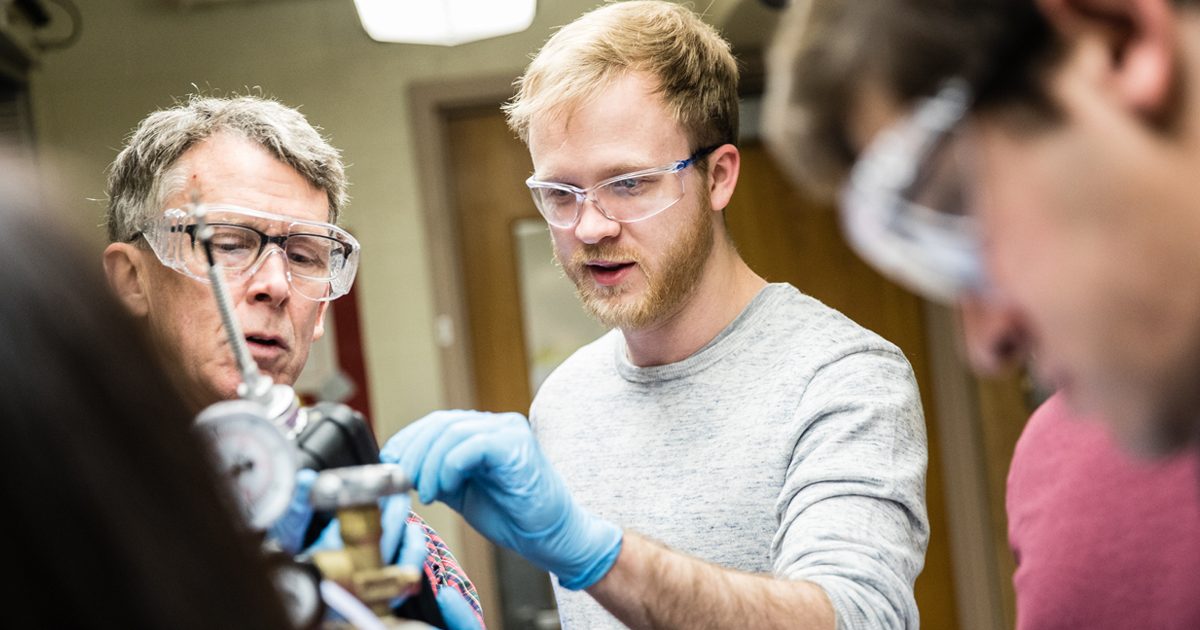Occupational hygienists play a vital role in protecting workers, ensuring healthy and safe workplaces and communities. They safeguard against hazards like chemicals, physical risks, and biological agents.
Purpose-driven career opportunities await skilled practitioners and researchers in industry, government, academia, and research institutions. Learn more by reading, “What is an Occupational Hygienist?“


